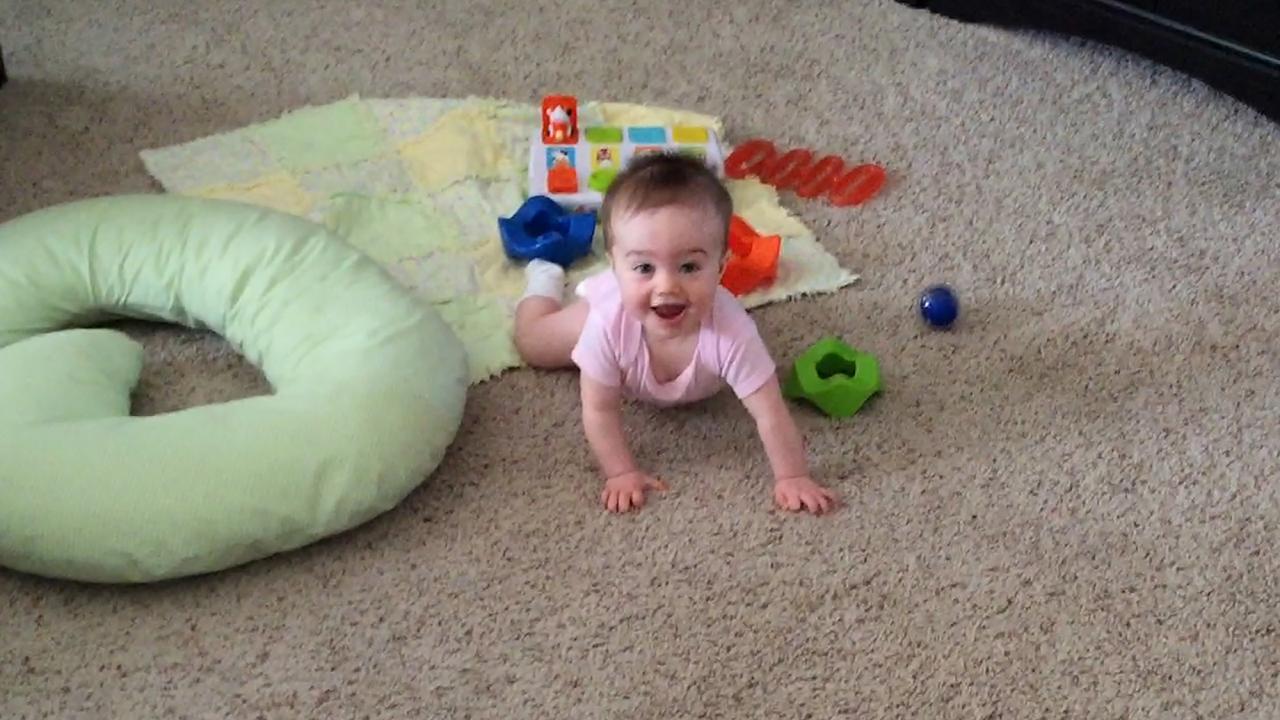When it comes to keeping kids safe, parents may not think about household dust as a potential hazard. But those fine particles all around your home can expose kids to a wide range of chemicals.
A new UC Davis study, funded by a $1.35 million grant from the Environmental Protection Agency, will track which chemicals kids might accidentally ingest through household dust and how much they are consuming. The researchers hope it leads to a better understanding of the risks and highlights ways to mitigate dust’s impact on health.
Deborah Bennett is a professor of environmental health in the Department of Public Health Sciences and the lead researcher for the project. “I’ve always been interested in dust because so many of the compounds in our consumer products are not very volatile. In our homes, they tend to reside in the dust, rather than the air,” Bennett said.
Thomas M. Young, a professor in the UC Davis Department of Civil and Environmental Engineering, and Kurunthachalam Kannan, a professor in the departments of Pediatrics and Environmental Medicine at the NYU Grossman School of Medicine, are co-investigators for the study.
Household dust might look like a layer of fine dirt, but it is actually a mixture of organic materials like sloughed-off skin cells, hair, bacteria, dust mites, bits of dead bugs, soil particles and pollen. Household dust can also contain toxic chemicals such as lead, mercury, flame retardants and asbestos.
Young children are likely to ingest significant quantities of dirt and dust because they often play on the ground and put their hands and other objects into their mouths. Those objects can have dust or dirt on them.
“Kids spend most of their time at home, so that’s why it is important to know what is in household dust — and how much they ingest — in order to properly protect their health,” Bennett said.
The UC Davis grant is one of seven awarded by the EPA to research the exposure of young children to chemicals in soil and dust.
“It is our duty to protect the health of those most vulnerable among us, including our children,” said Wayne Cascio, acting principal deputy assistant administrator for science in EPA’s Office of Research and Development. “The researchers receiving these awards will improve our understanding of how children are exposed to chemicals, which will inform future actions to reduce these exposures and better protect their health.”
Tracking more than 80 chemicals
With the award, Bennett and her team will track more than 80 chemicals in dust collected from participating homes, including many plasticizers, flame retardants and environmental phenols.
They will also collect urine samples from children in the study to measure the amount of either chemicals, or metabolites of chemicals. This will allow them to determine how much dust must have been ingested. To make sure the exposure is coming from dust, rather than food, they will also measure chemicals in the food the child ate that day.
A diverse cohort of families with children from 2 to 5 years of age will be studied both locally and in three other communities in the U.S.
“Kids have been studied playing indoors, so we have a good idea how often their hands touch surfaces and then go into the mouth,” Bennett said. “But we don’t have a good idea how much dust is ingested during that process.”
For parents and caregivers who are concerned about chemicals in household dust, Bennett’s advice is to regularly vacuum their homes to limit the amount of dust available for children to consume inadvertently.
“Unfortunately, it is difficult to know what consumer products have chemicals that we might be concerned about, so it is difficult for parents to limit sources of compounds in their homes,” Bennett said. “We do know some sources, such as pesticides, are of concern. Parents may want to limit applications of pesticides in their homes.”
Video
Media Resources
Parents interested in learning more about the study can contact: Rebecca Moran, staff research associate, at rmoran@ucdavis.edu.
Media Contacts:
- Lisa Howard, UC Davis Health Public Affairs, 916-752-9364, lehoward@ucdavis.edu
- Andy Fell, News and Media Relations, 530-304-8888, ahfell@ucdavis.edu
